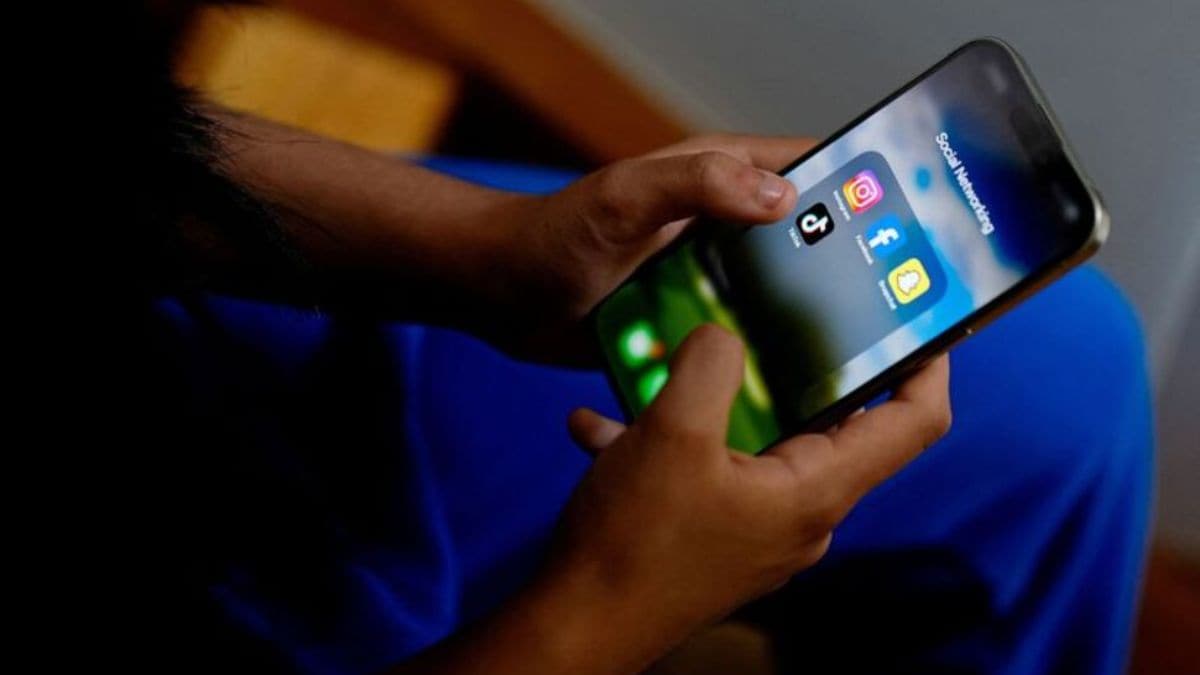A highly sensitive trial is set to open Monday in the United States in the case of a young man accused in the shooting deaths of two people during one of the tumultuous anti-racism protests that swept the US in the summer of 2020. Kyle Rittenhouse, who was 17 at the time, has said he wanted to help vigilante groups trying to protect the city of Kenosha following riots over a police shooting that left a Black man paralyzed. Carrying a semi-automatic rifle, he had opened fire in confusing circumstances, killing two men, Joseph Rosenbaum and Anthony Huber, and badly wounding a third, Gaige Grosskreutz. All three were white. Arrested not long afterward, Rittenhouse was charged with five felony counts, including first-degree homicide, before being freed on bail of $2 million. That large sum was quickly raised by supporters across the country, including a prominent Donald Trump backer, the pillow company executive Mike Lindell, as well as actor Ricky Schroder. If convicted during the trial in Kenosha County Circuit Court, Rittenhouse faces a possible life sentence. The trial, beginning Monday with jury selection, seems certain to underscore the deep fractures in American society over gun rights and the Black Lives Matter movement. Prosecutors are expected to depict Rittenhouse as a right-wing extremist who had come to Kenosha with the specific intention of clashing with anti-racism demonstrators. His own lawyers will say he acted in self-defense, shooting only to protect himself from rioters pursuing him. Very big trouble On August 23, 2020, Kenosha was in flames amid protests spurred when white police officers grievously wounded a Black man, Jacob Blake, shooting him in the back repeatedly during an arrest attempt. On the third night of rioting, Rittenhouse, who had posted numerous online messages supporting the police, drove the 20 miles (30 kilometers) from his home in northern Illinois to Kenosha, just across the Wisconsin border. Several videos captured his movements that night. On one of them, Rittenhouse seems to flee just before another young man falls to the ground with a gunshot wound to his head. On another, he is seen being chased by a small group of protesters. He falls down, then points his weapon. The sound of shots being fired is clearly audible. “I guess he was in very big trouble” after protesters “violently attacked him,” then president Trump said during a Kenosha visit in early September. “He probably would have been killed.” Since then, Rittenhouse has become a sort of poster boy in some right-wing circles, where the widespread protests of 2020 were blamed on violent radicals, the anti-fascist group known as “antifa” or anarchists. The judge overseeing the trial, Bruce Schroeder, has vowed to keep politics out of the trial. But he has raised questions by his refusal to allow prosecutors to refer to those killed or wounded by Rittenhouse as “victims,” while ruling that they can be referred to as “rioters,” “looters” or “arsonists” if defense attorneys can show they had engaged in such acts.
Rittenhouse, 17, is facing six criminal counts, including first-degree reckless homicide, first-degree intentional homicide and attempted first-degree intentional homicide
Advertisement
End of Article


)

)
)
)
)
)
)
)
)



